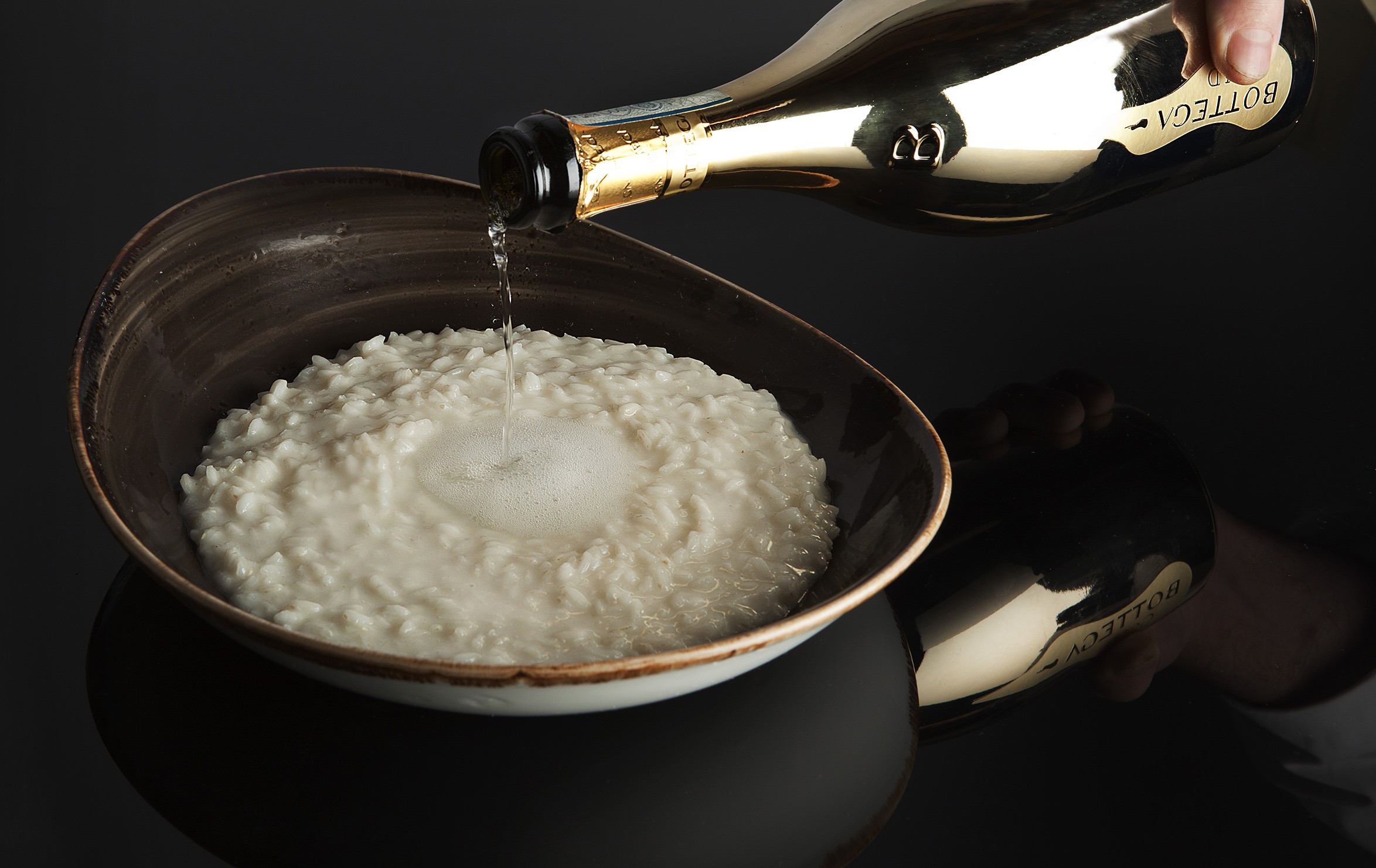Could Brexit bring back the imperial pint?
Britain’s recent decision to move away from the EU could see the return of the imperial pint, which current EU regulation prohibits.
Presently, EU legislation specifies the format and size of sparkling wine bottles sold in the UK – 37.5cl for half bottles, with full bottles at 75cl the next available size.
The imperial pint, which isn’t allowed, has a capacity of 56.8cl, meaning that it would sit between the half and full bottle – a size considered by many as ideal for sharing.
Simon Berry, chairman of Britain’s oldest wine merchant, Berry Bros. & Rudd has long been petitioning for the return of his favourite bottle size.
“I’ve been campaigning to bring back the imperial pint for over thirty years and until recently I was no closer to winning this battle – but perhaps recent events will change that,” he said.
“The imperial pint makes for a perfect-sized bottle. You get four proper-sized glasses from it — as opposed to six from a bottle, or three from a half-bottle. Champagne is designed to be shared, ideally with one other person. The Imperial pint gives two drinkers a couple of glasses each when a half-bottle would seem mean and a bottle lavish.”
Pol Roger has already started discussions with its glass supplier.
James Simpson, managing director of the brand’s subsidiary in the UK and advocate of the imperial pint, visited Simon Berry at Berry Bros. & Rudd in London on Wednesday this week with an imperial pint of Pol Roger 1914 Vintage Champagne.
“Brexit has raised a number of concerns and questions within the drinks industry, but regarding the revival of the imperial pint, we could have an opportunity,” he said.
Partner Content
“Though even assuming we would be able to restart production of the imperial pint, the nature of bottle ageing Champagne means it would still be a number of years before we would start seeing Pol Roger in imperial pints again.
“The first production would not come on to the market for approximately 4 years for Non-Vintage Champagne and it would be 8 years for Vintage Champagne.”
In 1992, Champagne Veuve Clicquot attempted to introduce a new bottle size – 50cl. Not the imperial pint, but at only 7cl smaller, close enough. The five years spent procuring the bottles, filling them, maturing the wine and then launching them, meant that by the time the bottles were ready for sale, the EU had already prohibited them in the UK.
The final Vintage of Pol Roger Champagne to be bottled in imperial pints was 1973 but we will need to wait to hear the exact terms of Brexit before we know whether the ‘perfect for sharing’ imperial pint of Champagne will return to the shelves at Berry Bros & Rudd once again.
An imperial pint of Champagne was once Britain’s most popular Champagne bottle size – and the size favoured in all prominent London establishments.
Winston Churchill, an enthusiast for imperial pints of Champagne and more specifically for imperial pints of Pol Roger Champagne, popularised the bottle size in the UK.
He believed pint bottles held just the right amount – “enough for two at lunch and one at dinner”. He was known to keep an imperial pint of Pol Roger inside his greatcoat pocket during visits to blitz hit London.





Why not 50cl instead? This format is allowed and the difference is not so big.It has been in use for quite a while in Europe for dessert wines and the bottle is nice.
As the article points out, this debate has been around for a number of years. In the late 1990s and early 2000s when I worked for a large champagne brand the conclusive argument against the Imperial and the 50cl size was that they would take sales from the 75cl size and thus result in less champagne being sold. ( It was not thought likely that the number of smaller bottles sold would increase sufficiently to offset the loss of larger bottles sold). I would be surprised therefore, from a purely economic point of view, if any brand gets behind this idea – it doesn’t seem to be in their commercial interest.